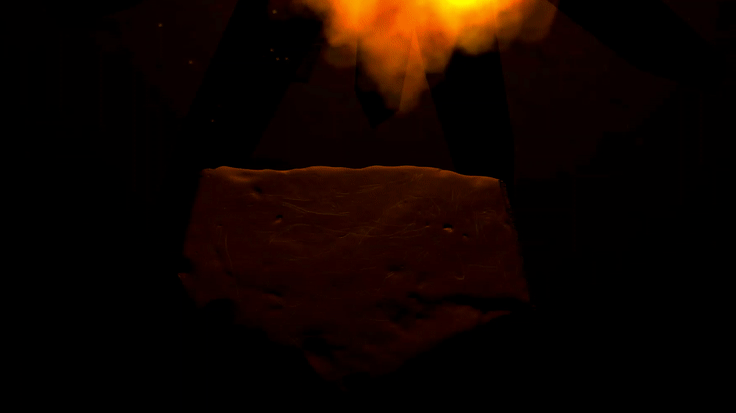Science
Related: About this forumThis river is made of light, and it's beautiful
Last edited Thu Apr 21, 2022, 04:11 PM - Edit history (1)
Interference and irregularity come together to create beautiful art.
CHRIS LEE - 4/18/2022, 11:24 AM
Science is often viewed as utilitarian. We explore the natural world so that we can plunder its secrets for our own benefit. Indeed, this is often precisely the sort of science that funding agencies seek. But, for most scientists, the utilitarian comes second to other motivating factors: The observation of beauty and the challenge of a unique puzzle are the two that spring to mind. Today, in the spirit of observing beauty, I’d like you to sit back and enjoy the view of light flowing like water.
The picture above looks like a river delta, with many tributaries and rivulets coming together in one Amazonian outflow. All that is missing is the fish. But that is light flowing out of an optical fiber and into a layer of soap. The soap layer traps the light, so it only spreads out in the plane of the soap. Yet the layer is also uneven, so the light cannot spread out evenly, and you get this branching pattern. This is one of the pictures from a group of scientists exploring how light flows in thin films.
The making of an optical river
To create an optical river, you need to do the following: start with a nice flat surface and place a layer of detergent (soapy water) with a tiny bit of dye in it. After some time (and given the right mixture of soap), the soap film will settle down so that it is not moving around. Then, shine some light on the edge of the soap layer. If you get the focusing conditions just right, the light will be trapped within the soap layer. The light will then start to spread out across and through the soap, exiting from other edges.
From above (as in the picture), you will see very little because the light is confined within the layer. This is where the dye comes in. When light hits the dye molecules, they will also glow. But, the glow from the dye molecules can go in any direction, including upward toward your waiting camera. Even more nicely, the more light that hits the dye, the brighter it will glow. This means that your picture from above is exactly like a picture of a river delta: the fat bright areas correspond to lots of light flowing through that area, while dark areas are optically dry land.
More:
https://www.livescience.com/prehistoric-carvings-animated-by-fire
dweller
(23,613 posts)Says page not found
I wanted to see the pic 😐
✌🏻
Beakybird
(3,330 posts)Ocelot II
(115,606 posts)Judi Lynn
(160,450 posts)mahatmakanejeeves
(57,311 posts)Judi Lynn
(160,450 posts)By Tom Metcalfe published about 8 hours ago
Animal portraits may have been placed close to flickering fires to appear animated.

A virtual-reality simulation showing how a plaquette may have looked like under the flickering light of a fire. (Image credit: Izzy Wisher, CC-BY 4.0 )
The world's oldest moving pictures may not come from the late 19th century, but rather from thousands of years earlier: Pictures of ancient animals carved onto flat stones tens of thousands of years ago were deliberately placed around fires so they would look animated in the flickering firelight, a new study suggests.
Creating such animated carvings might have been a popular prehistoric activity as a family group sat around a fire. And at least some of the wall paintings and carvings found in ancient caves might also have been influenced by their appearance in the moving light and shadows of flames, the study suggests.
“When you get this dynamic light across the surface, suddenly all these animals start to move; they start to flicker in and out of focus,” archaeologist Andy Needham of the University of York in the United Kingdom told Live Science.
Needham is the lead author of a study published Wednesday (April 20) in the journal PLOS ONE that describes how some of the animal portraits carved on flat limestone rocks at a prehistoric shelter in southern France were exposed to hearth fires after they were made.
More:
https://www.livescience.com/prehistoric-carvings-animated-by-fire
Judi Lynn
(160,450 posts)